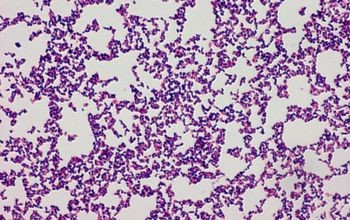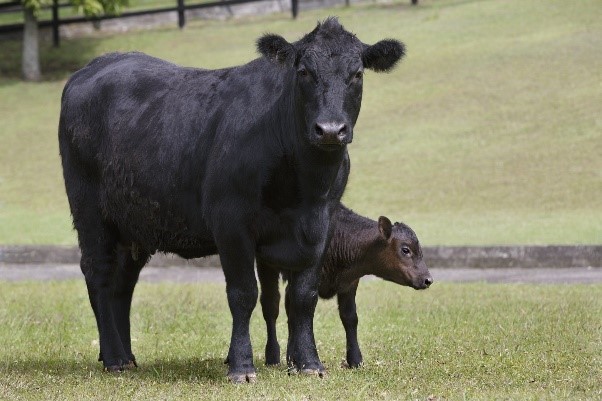
Learn more

T. pyogenes has been found to act synergistically with Fusobacterium necrophorum in causing liver abscesses in cattle. Image from Bank et al. 2010.
Learn more

As a facultative anaerobe, T. pyogenes are more commonly found on the rumen wall of healthy cattle than in the rumen content due to the low oxygen concentration diffusing from the ruminal wall blood vessels. Image from Microbe Canvas.
Learn more

Diets low in forage content that lead to a more acidic rumen environment can cause damage to the ruminal wall, allowing T. pyogenes to escape the rumen and become pathogenic in other organs. Image from North Dakota State University.
Learn more

T. pyogenes is often isolated from postpartum uterine infections, such as endometritis or metritis, which are associated with reduced fertility. Image from Alabama Cooperative Extension System.